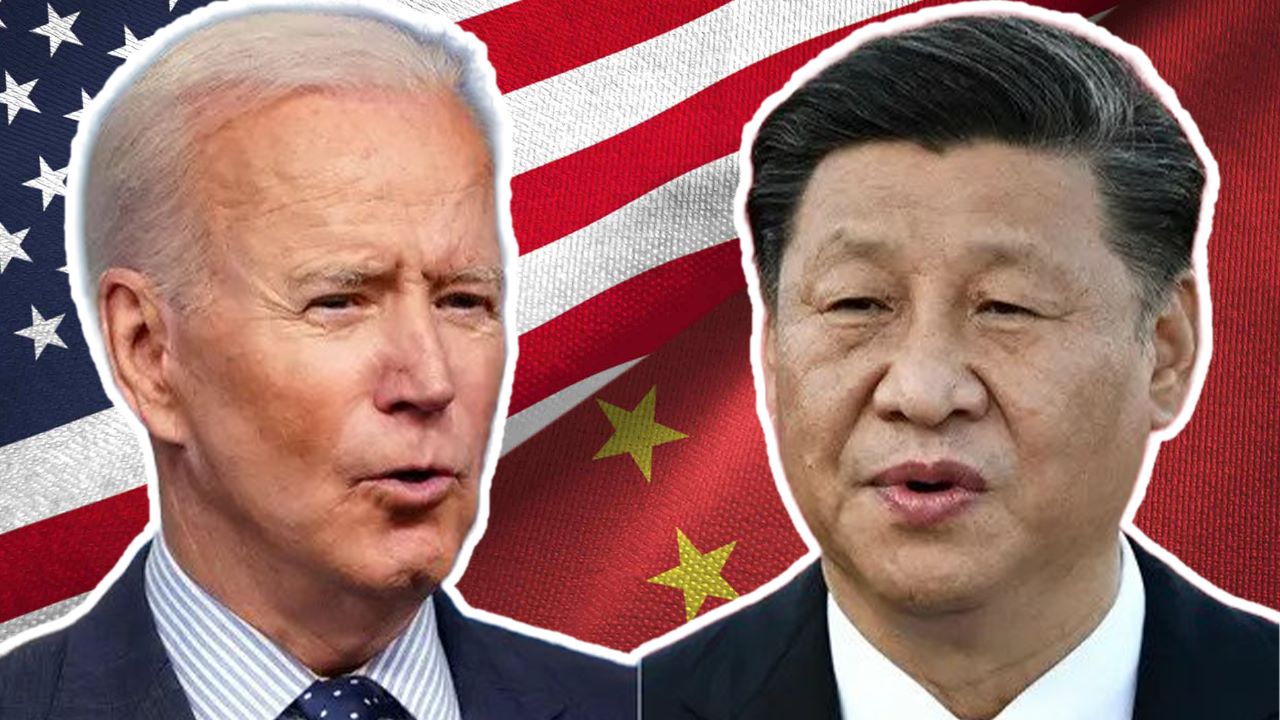In a seismic shift in global trade dynamics, China is poised to lose its long-standing position as the United States’ top exporter for the first time since 2006. This transformation is driven by escalating tensions between the two economic giants and a significant restructuring of global supply chains.
Recent data from the US Commerce Department reveals a remarkable downturn of more than 20% in American goods imports from China during January-November.
China’s share of total US imports has plummeted to 13.9%, marking the lowest percentage since 2004. This decline is substantial compared to its peak of over 21% around 2017. US exports to China have shown minimal growth throughout the year.
Stepping into the void left by China, Mexico is positioned to become the leading exporter to the US for the entire year, a status it hasn’t held since 2000. US imports from Mexico are set to record a high in 2023, constituting over 15% of the total for the first 11 months of the year.
The European Union has also experienced a surge in exports to the US, reaching an all-time high during the same period.
This shift in US trade patterns is particularly evident in the diversification of sources for critical products, such as consumer electronics, which have traditionally relied heavily on China.
Notably, smartphone imports from China have seen a 10% decrease, while imports from India have surged fivefold. Similarly, laptop imports from China dropped by approximately 30%, but those from Vietnam quadrupled.
This diversification aligns with the Biden administration’s “friendshoring” policy, emphasizing the importance of maintaining supply chains within allied and partner nations.
The administration has also chosen to retain the US$370 billion worth of tariffs on Chinese products imposed by the previous administration led by Donald Trump.
Additionally, there was a drop in China’s overall annual exports for the first time in seven years in 2023. The exports, measured in US dollars, amounted to US$3.38 trillion, marking a 4.6% decrease from the previous year.
In contrast, Chinese exports had seen a 7% increase in 2022 compared to the year before. The last instance of a decline in overseas shipments was observed in 2016 when there was a 7.7% decrease.
Furthermore, imports also experienced a decline in the same year, falling by 5.5% to US$2.56 trillion. This resulted in the world’s second-largest economy having a trade surplus of US$823 billion.
Mexico Emerges As A Winner Of US-China Trade War?
In the wake of heightened restrictions imposed by the United States on China, the geopolitical landscape is witnessing a significant shift, with Mexico emerging as a prominent beneficiary.
President Joe Biden’s assertive stance, marked by tariffs and restrictions on critical technology exports from China, has triggered a notable decline in Beijing’s exports to the US.
Meanwhile, Mexico has become a prime destination for Chinese businesses looking to navigate the complex web of international trade regulations. One critical development is the surge in Chinese investments in Mexico as companies seek to sidestep US sanctions.
Chinese companies are setting up new industrial operations in Mexico, fundamentally altering the dynamics of trade in the region. Notable examples include Hisense, which initiated mass production at a state-of-the-art US$260 million factory, focusing on producing refrigerators and other appliances destined for the North American market.
Automaker JAC Motors joined the fray, establishing an assembly plant in Mexico. The trend doesn’t stop there, with SAIC Motor planning to build a factory in Mexico, highlighting the country’s growing significance in the eyes of Chinese manufacturers.

This shift in dynamics reflects a broader Chinese strategy to reduce dependence on the US for exports. The Chinese government is also actively working towards boosting the Yuan’s role in international payments, seeking alternatives to the dollar.
This effort includes transactions with crucial partners like Russia, the Middle East, and South America. Chinese exports to Russia, for instance, soared by more than half from January to November 2023, setting a record even in full-year terms.
Furthermore, China witnessed a substantial 60% year-on-year increase in automobile exports during that timeframe. Most of these vehicles are powered by gasoline and are experiencing reduced demand within China. As a response, these vehicles are being marketed at affordable prices in the Middle East and Africa.
"lose" - Google News
January 13, 2024 at 11:30PM
https://ift.tt/DRVPt7T
After 17 Years, China Set To Lose ‘Top Spot’ As No. 1 Exporter To US; China- US Trade War Benefits Others - EurAsian Times
"lose" - Google News
https://ift.tt/T2qOaJD https://ift.tt/5NSrWHt
Bagikan Berita Ini















0 Response to "After 17 Years, China Set To Lose ‘Top Spot’ As No. 1 Exporter To US; China- US Trade War Benefits Others - EurAsian Times"
Post a Comment